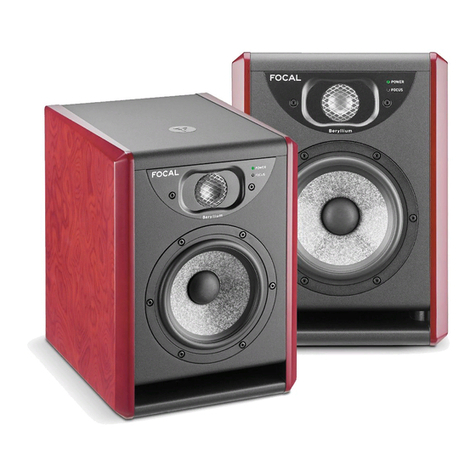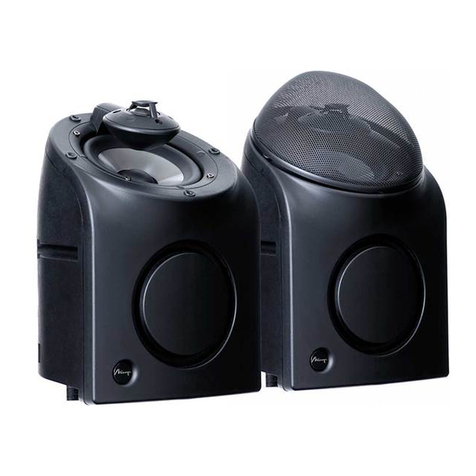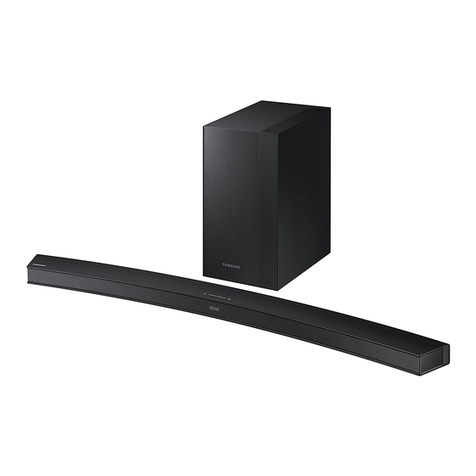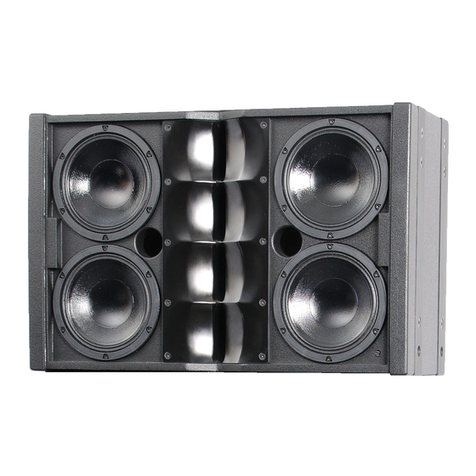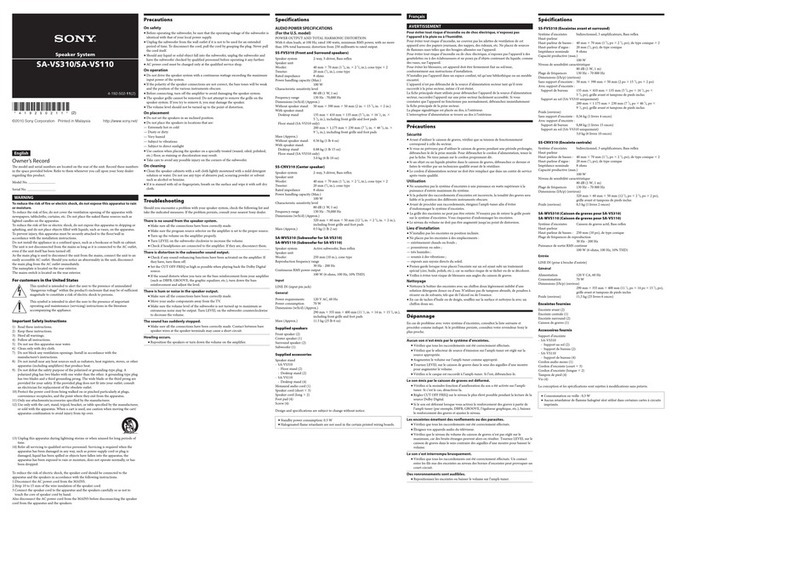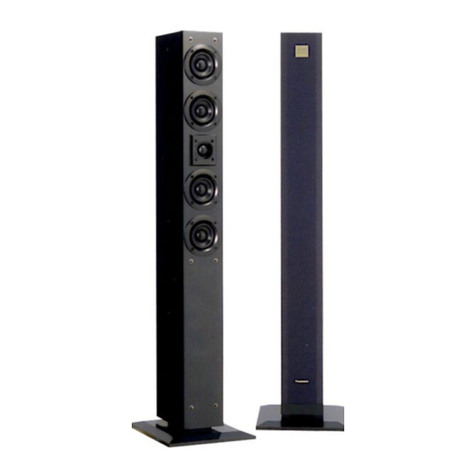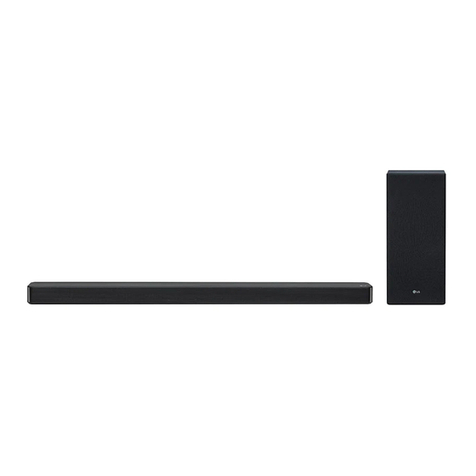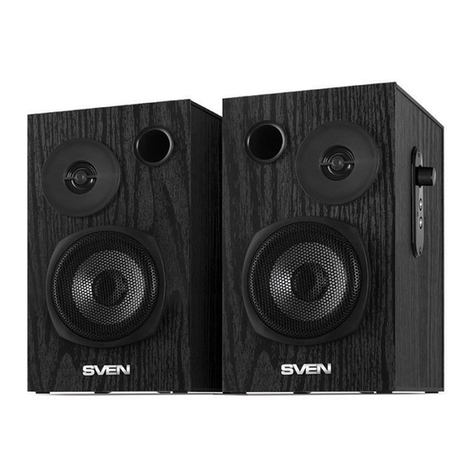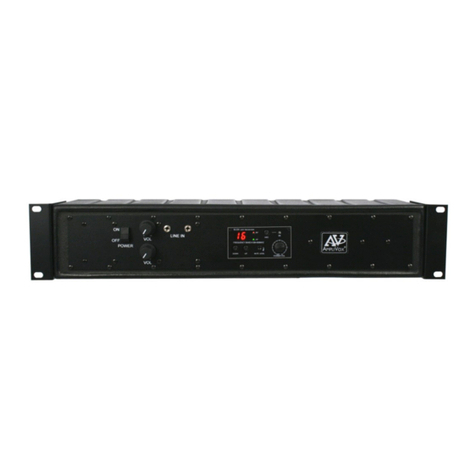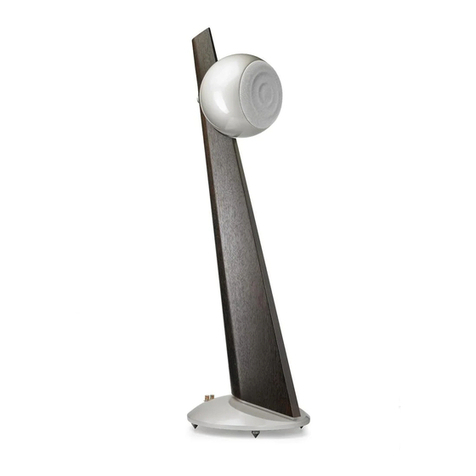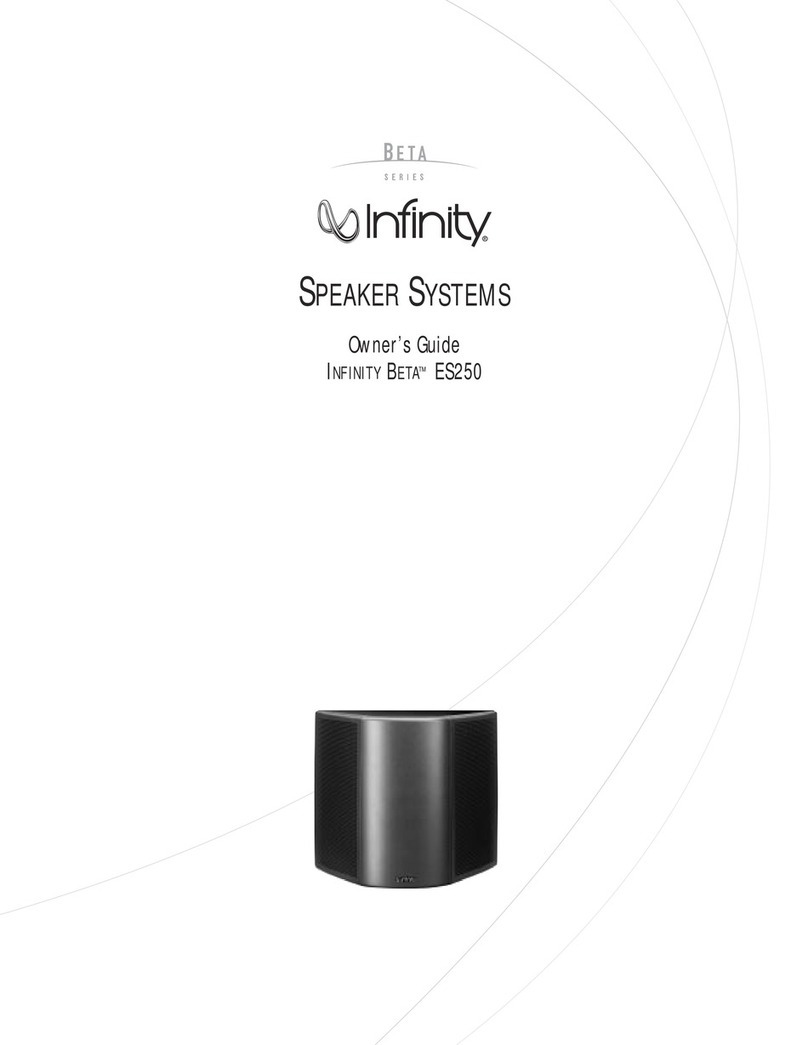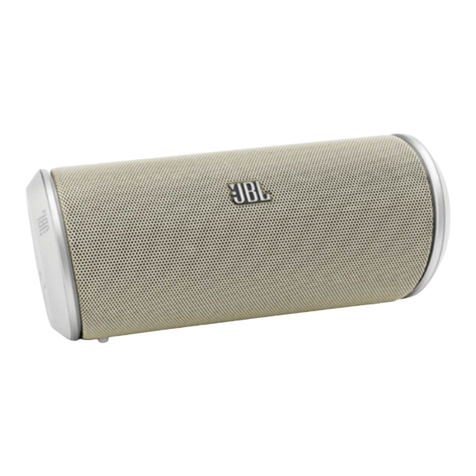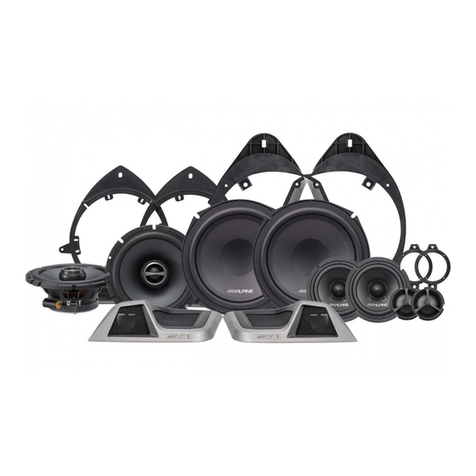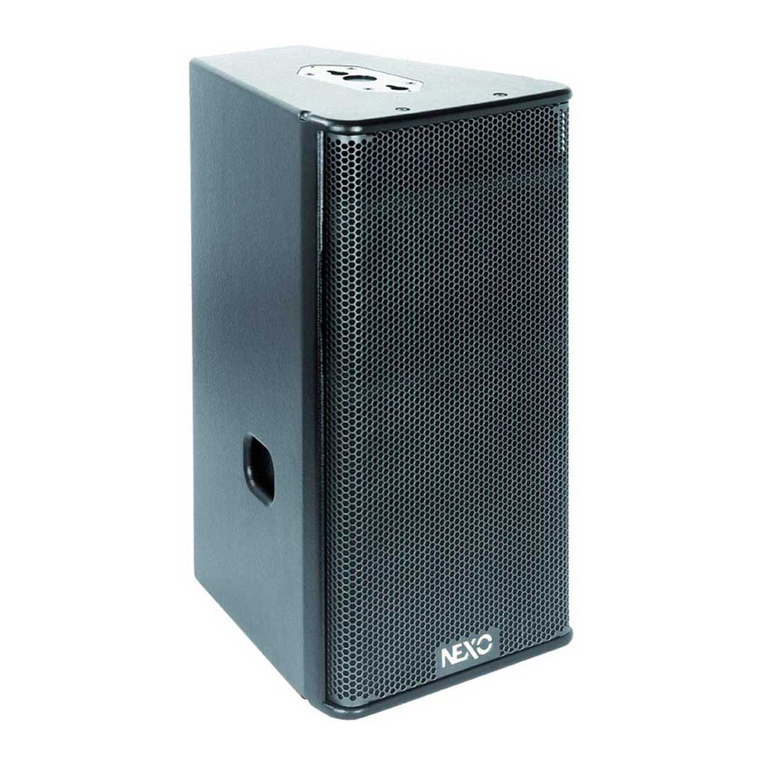Gilmore Audio 3 User manual

Model 3 Speaker Assembly and Installation 1
Model 3 Speaker Assembly and Installation
Introduction
This procedure will guide you through the installation and setup of the Gilmore
Audio Model 3 speaker system. You must seek out the assistance of a friend to
help you remove the panels from the shipping crates, install the stands and insert
the spikes in the bottom of the stands. This is not a one-man operation.
Speaker Removal from Shipping Crates
Open the top of the crate and remove the foam top covering the speaker panel.
(We recommend that you store the crates for future use, since using anything but
the factory supplied crates to transport or ship your speakers may void the
warranty). You’ll notice four hand hold cut-outs in the bottom foam supporting
the speaker panel. Two people are required to remove each fully-assembled
speaker panel. One must lift at the bottom of the panel (the straight side) and the
other at the top (the curved side). Gently lift the panel out of the crate, working in
tandem with your assistant.
Avoid holding the speaker on the ribbon side of the panel to reduce stress to the
panel. Hands should be placed more towards the center of the panel. Care
must be taken to avoid scratching the Corian panel, so assembly should only be
done on a carpeted floor. Should a carpeted floor not be available, a thick
blanket is also a good choice. Once the panel is lifted from the crate, position it
vertically on its non-curved (straight) side in preparation for the stand installation.
Stand Installation
Have your assistant continue to hold the panel perpendicular to the floor and
then carefully position the stand behind the panel. Refer to figure 3 for a pictorial
of the stand positioning and installation. Insert the four bolts through the small
washers and then insert the bolts through the holes in the panel. Install the four
black spacers on the bolts and then install the stand assembly. Install the four
large washers at the end of the bolts.
Next, finger-tighten the four nuts on the end of the bolts. Tighten the four bolts
with a 7/16” end wrench and the supplied hex (Allen) wrench. Make sure the
bolts are good and snug, but do not over-tighten, to avoid compressing the stand
pillars or damaging the Corian panel.

Model 3 Speaker Assembly and Installation 2
Preliminary Speaker Panel Positioning
Stand the speakers upright and position them with about 6 feet between them
and about three feet from the back walls. Toe in each panel equally, toward the
center a few degrees to start. Although very little energy is directed towards the
side walls, due to the speaker’s dispersion pattern, it is still recommended that
the edges of the panels be positioned at least three feet from the side walls.
The speakers perform best on a carpeted floor because floor reflections are
greatly reduced. The rear wall is also best when it is equally absorptive and
reflective. A material such as wall-board or dry-wall works well. Windows, brick
walls, and the like are not recommended. This preliminary positioning is
recommended for best performance, but please feel free to experiment with final
positioning once the whole speaker system is up and running.

Model 3 Speaker Assembly and Installation 3
Spike Installation
Enlist the help of your friend once again to tilt the panels forward so that you can
install the two spikes in the rear of each stand. The spikes screw in underneath
the stand. Refer to figure 4 showing proper spike installation. The washer
should go between the nut and the bottom of the stand.
If you have a solid floor, start by screwing the spike in most all the way into the
stand, so that the top of the spike is level with the top of the top of threaded part
of the stand. If your floor is carpeted, then start by screwing in the spike so that
is about halfway into the bottom of the stand. Finger-tight is good that this
juncture. If you have a protractor, adjust the spikes so that the panel is at about
7 degrees from vertical towards the rear wall.
Acoustic measurements have proved this is the optimum angle. Once final
positioning is complete, you should tighten the nut with a 5/8” end wrench, to
avoid possible resonances and be sure the panel is mechanically coupled into
the floor. Mechanical coupling is optimum when the weight of the panel is in
physical contact with the floor, so the spikes should penetrate the carpet and
come in direct contact with the floor underneath. If the panels are allowed to
“float” on a hard floor or carpet, the energy from very low frequency energy is
dissipated throughout the panel and not the floor below as desired.

Model 3 Speaker Assembly and Installation 4
Crossover Installation and Wiring
Place the left channel crossover behind the left channel speaker and place the
right channel crossover behind the right speaker. You’ll notice that each channel
is a mirror of the other. Position each crossover so that the bottom of the
crossover is about a half inch from the back of the stand.
Also, position each crossover so that they are aligned with the edge of the stand
on the ribbon side of each panel. Refer to figure 1 and 2 showing the wiring
diagram. A 7/16” end-wrench is needed to tighten the terminals on the woofer
array and the crossover. Be careful to get the terminals nice and snug, but do
not over-tighten, to avoid stripping the terminals.
You’ll need the two interconnect wires, included with each speaker, to wire the
woofer array to the crossover. These wires are shown in black on the diagram.
Install the longer wire on appropriate terminal shown on woofer number 2. Install
the shorter wire on woofer number 3. Observe the proper polarity. The longer
wire on the right channel, goes to the negative side of the woofer array, and is
then connected to the negative side of the associated crossover terminal. The
left channel is the mirror of the left, so the longer wire on the left channel woofer
array must be connected to the plus side of its respective crossover terminal.

Model 3 Speaker Assembly and Installation 5
The ribbon pigtail is connected to the ribbon terminals on the crossover,
observing proper polarity (negative t negative and positive to positive).
The gray interconnect wiring, shown in figure 1, between the terminals of the
woofer array, is factory installed. There is never any reason to remove these
interconnect wires and it is only shown for reference.

Model 3 Speaker Assembly and Installation 6
The crossover is designed to be bi-amped, or in other words, driven by two
separate amplifiers. If you want to use separate amplifiers, first remove the
jumpers between the High Pass Input and Low pass Input terminals. Then
connect one amplifier to the High Pass Input and another to the Low Pass Input.
The chosen amplifiers must be gain matched so that uniform frequency response
is preserved.
The crossover also includes a ribbon attenuator, so you can manually select 0, 2,
4 or 6 dB of attenuation. This attenuator adjusts ribbon output in relation to the
woofer array. The woofer array always remains constant.
It is often useful to add some ribbon attenuation if your room is too bright. You
can also tame CDs that are a bit too strident, due to excessive distortion and HF
energy. Digital sources often exhibit these distortions due to poor engineering
and production processes.
Revision2
12-21-06
MG
This manual suits for next models
1
Table of contents

